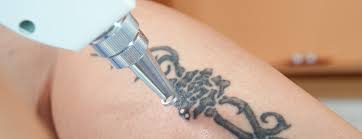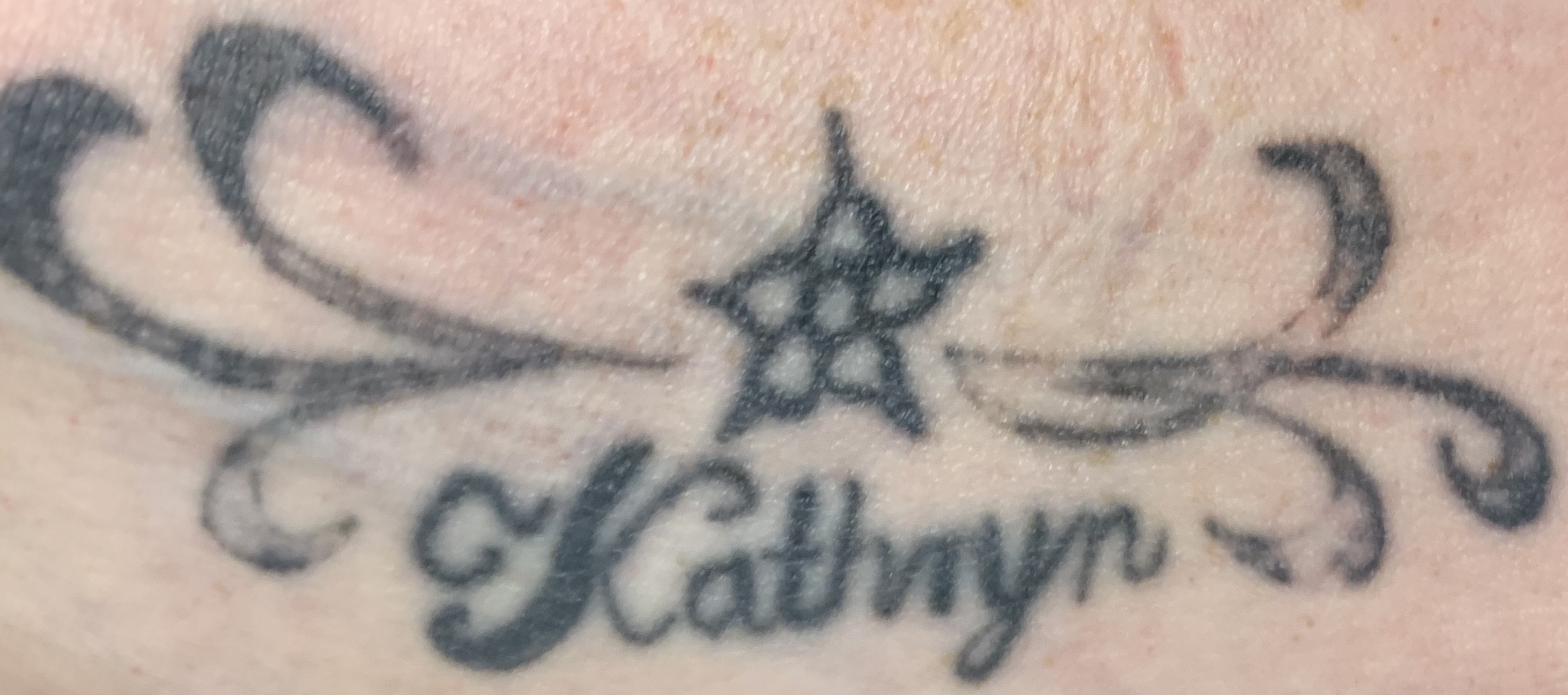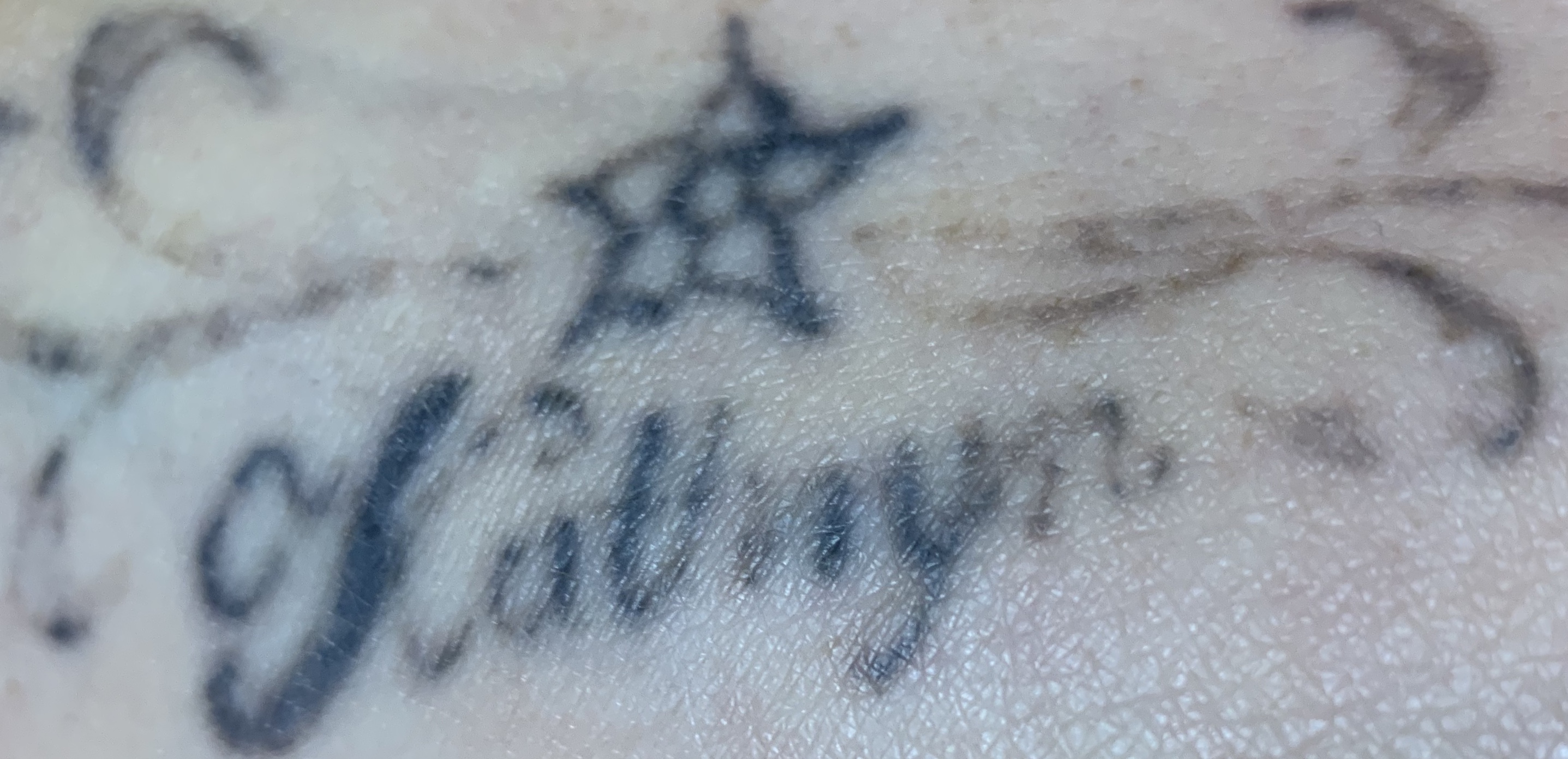
Tattoo Removal By Laser In London
Tattoo Removal has been performed with various tools since the start of tattooing. While tattoos are generally considered permanent, it is now possible to remove them with treatments, fully or partially.
The standard method for tattoo removal is the non-invasive removal of tattoo pigments using Q-switched lasers.
Different types of Q-switched lasers target different colours of tattoo ink depending on the specific light absorption spectra of the tattoo pigments. Typically, black inks can be eradicated using Q-switched lasers, while lighter colours such as yellows and greens are still tough to remove. Success can depend on various factors, including skin colour, ink colour, the depth at which the ink was applied, and the tattoo's age.
Q-switched lasers first became commercially available in the early 1990s, and the results can be outstanding, albeit very painful.

Some wearers decide to cover an unwanted tattoo with a new tattoo. This is commonly known as a cover-up. An artfully done cover-up may render the old tattoo completely invisible, though this will depend largely on the size, style, colours, and techniques used on the old tattoo and the tattoo artist's skill. Covering up a previous tattoo necessitates darker tones in the new tattoo to effectively hide the older, unwanted piece. Many tattoos are too dark to cover up. In those cases, patients may receive laser tattoo removal to lighten the existing ink to make themselves better candidates for a cover-up tattoo. The Q-switched laser can achieve this level of removal with great results.


Lasers produce short pulses of intense light that pass harmlessly through the skin's top layers to be selectively absorbed by the tattoo pigment. This laser energy causes the tattoo pigment to fragment into smaller particles that are then removed by the body's immune system researchers have determined which wavelengths of light to use and how to deliver the laser's output to remove tattoo ink best. The laser selectively targets the tattoo's pigment without damaging the surrounding skin.
It does sometimes cause minor bleeding in the treated area. You might also notice quite a lot of redness, swelling, or maybe even blisters. All the side effects usually go away within 24 hours after the treatment. If you experience any severe symptoms, you should get them checked by a professional.
In the weeks following treatment, you will most likely notice peeling or flaking of the skin. Scabs are also very normal—these are all part of the healing process and shouldn’t cause concern.



While the skin is healing, it is crucial to take care of it as the operator advises. There should be no sun exposure or pool activities. The skin is considered sensitive and porous, and the pool is a breeding ground for bacteria—especially a public pool. You do not want bacteria to reach your treated area, which could lead to infection.
The skin will generally take a month to heal after a session. Once healed, you can go on with another session to remove your unwanted tattoo.
If you are thinking about laser tattoo removal, good luck and be patient, and you will see the rewards
Tuesday 26 May 2020 by
